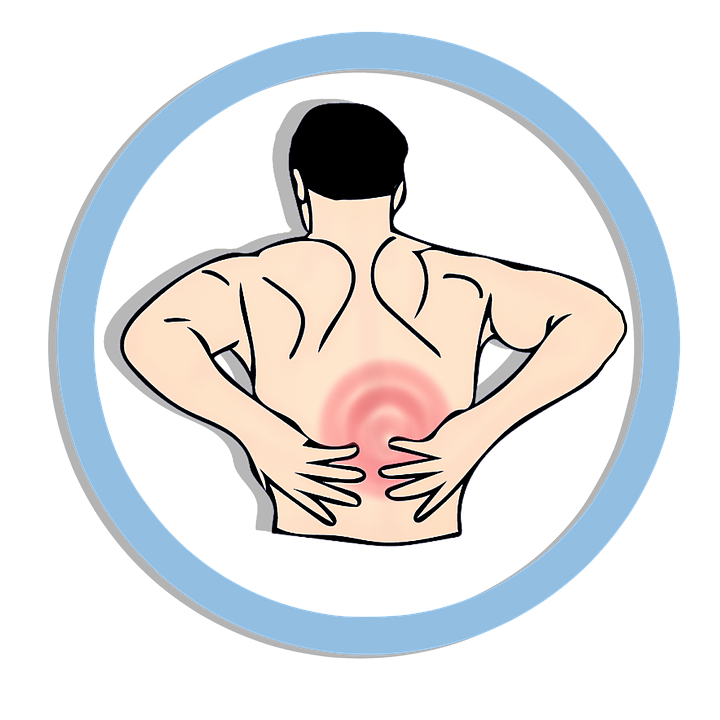Suffering from spondylolysis? Blame it on your ancestors as this condition only occurs in two-legged humans and does not affect our great ape cousins. The back pain condition has long been assumed to be the result of increased stress placed on our spine by our unique ability to walk upright on two legs. "However, there have been few attempts to test this hypothesis," said postdoctoral researcher Kimberly Plomp from Simon Fraser University.
According to a team of bioarchaeologists at Simon Fraser University, the University of Liverpool and the University of Sydney, the cause of back pain can be linked to humanity's evolutionary past. The study, published in Evolution, Medicine, and Public Health, examined why some people are more susceptible to a particular stress fracture known as spondylolysis - a condition that often affects athletes.
Researchers used advanced 3D shape analysis techniques

The researchers used advanced 3D shape analysis techniques to compare the final lumbar vertebrae of humans with and without spondylolysis to the same bones in our closest living relatives, the great apes. The team found that the differences between human vertebrae with spondylolysis and great ape vertebrae were greater than those between healthy human vertebrae and great ape vertebrae.
People who developed spondylolysis have vertebrae that are more wedge-shaped, where the front is taller than the back, in addition to other subtle shape differences. The differences are consistent with the vertebrae having "overshot" the optimum for walking on two legs, leaving the individual prone to developing spondylolysis, the researchers noted.
Latest research is the third study that the researchers have conducted
The latest research is the third study that the researchers have conducted linking vertebral shape and back pain to the evolutionary history of our lineage. Previously, they have demonstrated that humans with intervertebral disc hernias have vertebrae that are more similar in shape to those of modern chimpanzees and those of our fossil ancestors than are humans with healthy spines.
"We can picture vertebral shape variation in humans as a spectrum with one end having vertebrae with an ancestral shape and the other end having vertebrae with exaggerated bipedal adaptations. "Where an individual's vertebrae lie within this distribution has a bearing on their spinal health," said Mark Collard, archaeology professor and Canada Research Chair in Human Evolutionary Studies.
For decades, scholars have assumed that the reason humans are so commonly afflicted with back problems is that we walk on two legs. "Our studies are the first to show a clear link between the shape of your vertebrae, bipedalism, and the health of your spine," said Plomp.









